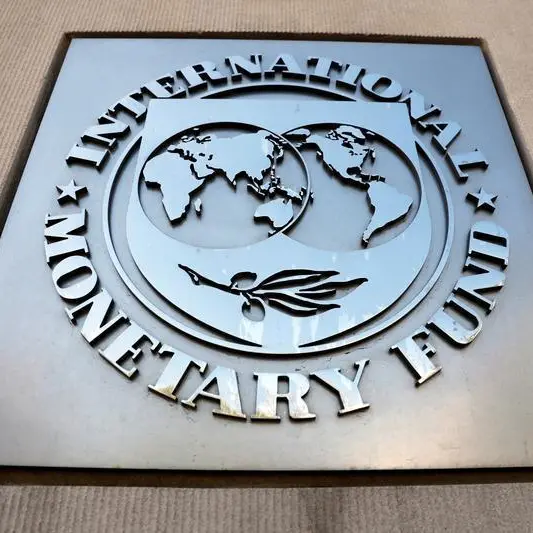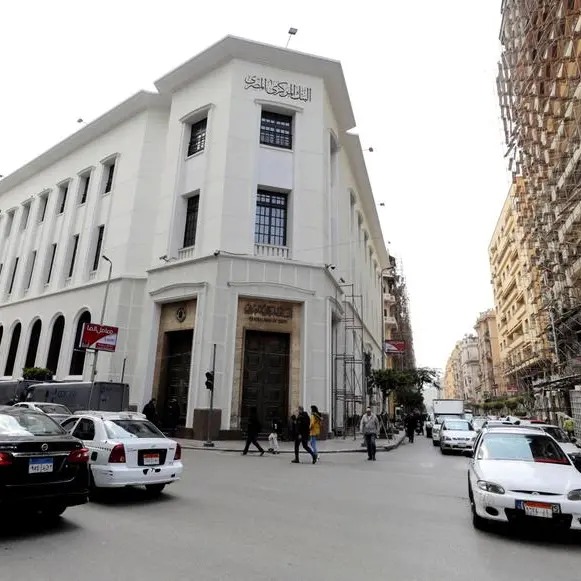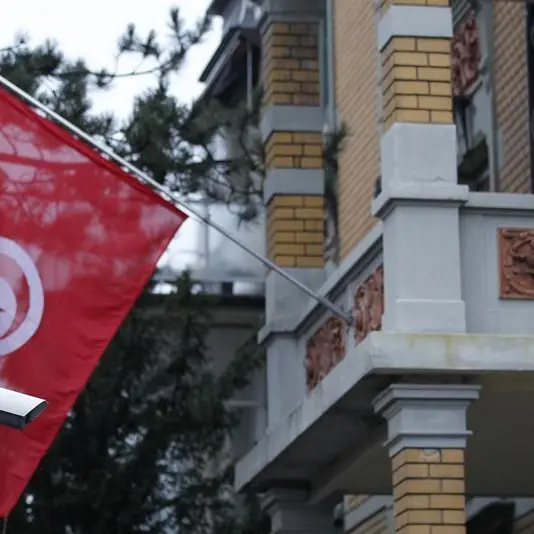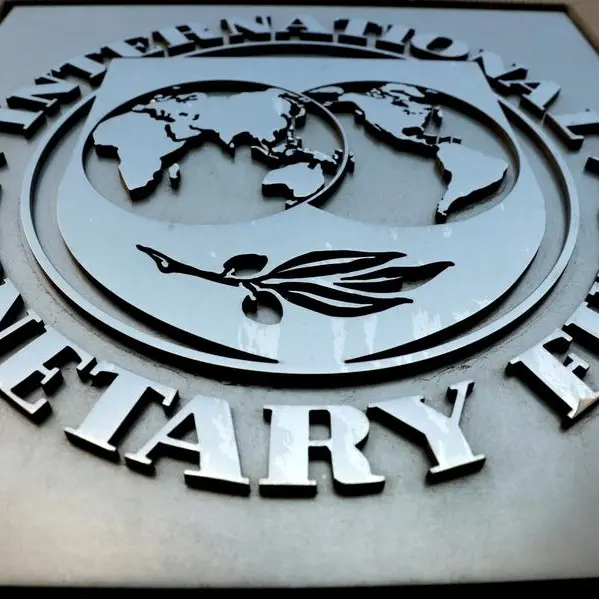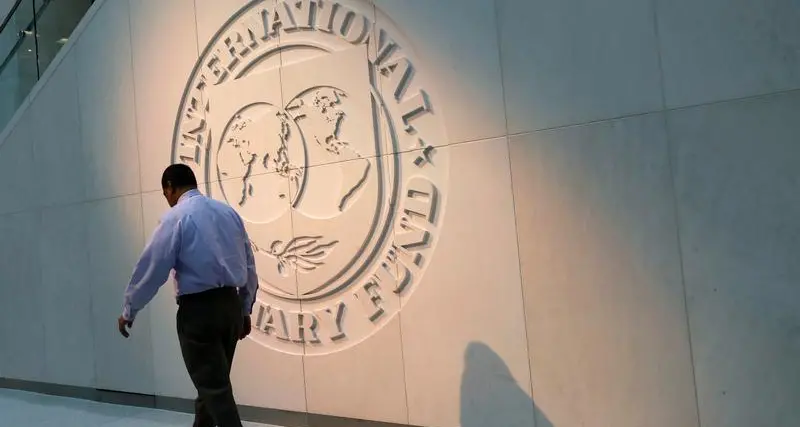By Yomna Yasser
Egypt has announced Tuesday a cabinet reshuffle that includes 9 nine economic and public service ministers and the merger of two ministries.
Dr. Abdel Moneim Abdel Wadoud Mohamed El-Banna, the new minister of agriculture, was previously head of the Agricultural Research Centre.
Member of Parliament Ali Al-Moselhy returns as minister of supply after having served this ministry between 2005 and 2011. Prior to this new ministerial post, Meselhy resigned on Monday as the head of the parliament’s Economic Committee.
Omar El-Kattab Marwan Abdullah, the new minister for parliament affairs, was previously head of appeals at Cairo Appeal Court.
The Ministry of Investment was merged with the Ministry of International Cooperation, and Sahar Nasr was made the minister of investment and international cooperation, representing Egypt in the World Bank Group.
Mohamed Hesham Zein El-Abdeen, the new minister for local development, was previously a board trustee in the Regional Information Technology Institute (RITI).
Hala Helmy El-Sayed, the new minister of planning, was previously Dean of the Faculty of Economics and Political Science at Cairo University.
Khaled Atef Abdul Rahman Mohamed, was named as minister of higher education; he was previously vice president of Ain Shams University.
Tarek Galal Shawki Ahmed Shawki, the new minister of education and technical education, was previously general secretary of specialised councils.
Hisham Arafat Mahdy Ahmed, the new minister of transport, was formerly head of structural engineering at Future University.
Egyptian President Abdel Fattah al-Sisi had announced mid-Jan. that a cabinet reshuffle would happen “very soon”.
The last cabinet reshuffle took place in March, when Sisi named 10 new ministers including for the finance and investment portfolios.
Egypt’s constitution stipulates that “The President of the Republic may conduct a cabinet reshuffle after consultation with the Prime Minister and approval of the House of Representatives by an absolute majority of the members present, which must not be less than one third of its members.”
© Amwal Alghad 2017
